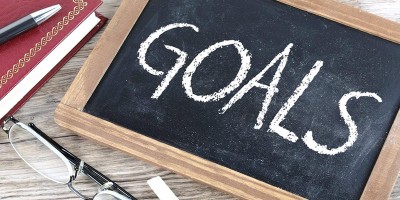A: In early childhood education, group goals serve as a powerful tool to foster shared learning experiences, strengthen peer relationships, and guide intentional teaching. Whether you're supporting social-emotional development, embedding EYLF outcomes, or responding to emerging interests, integrating group goals into your program helps create a cohesive, responsive learning environment.
This guide explores practical strategies for embedding group goals into your curriculum planning, linking them to outcomes, and evaluating their impact—ensuring your documentation reflects both educator intent and children's evolving capabilities.
How to Add Group Goals to Your Program
1. Embed in Weekly Curriculum Plans
-
Add the group goal directly into your weekly or fortnightly curriculum plan.
-
Link it to specific experiences or intentional teaching strategies that support the goal.
-
Example: If your group goal is “Develop turn-taking skills,” include activities like board games or collaborative art projects.
2. Use Learning Outcomes as Anchors
-
Align group goals with EYLF or MTOP learning outcomes.
-
You can also draw from your service philosophy to guide goal selection.
-
Example: Outcome 1—“Children have a strong sense of identity”—could inspire a goal around building peer relationships.
3. Document in a “Goal of the Week” Format
-
Create a dedicated section or form for “Group Goal of the Week.”
-
Include:
-
The goal
-
How it will be implemented
-
Strategies to support achievement
-
Evaluation notes at week’s end
-
4. Evaluate Progress
-
Use daily diaries or weekly reflections to assess whether the goal was met.
-
Note how it was achieved, what worked, and what might need to continue into the next cycle.
-
Include photos or observations of children engaging with the goal.
5. Involve Stakeholders
-
Gather input from educators, families, and even children when appropriate.
-
Parents’ insights into their child’s interests or challenges can inform goal setting.
-
This builds shared ownership and relevance.
6. Track Achievement
-
Maintain a checklist or tracker for each child showing when they’ve engaged with or achieved the group goal.
-
Include date, experience, and notes on progress.
Embedding group goals into your program isn’t just about meeting documentation requirements—it’s about creating shared moments of growth, connection, and purpose.
When thoughtfully planned and reflected upon, group goals can unify your curriculum, respond to children’s evolving needs, and strengthen your team’s intentional teaching.
Whether you're trialing new strategies or refining existing ones, remember: each goal is an opportunity to nurture belonging, spark curiosity, and celebrate collective learning.
Keep it practical, keep it relational—and let your goals grow alongside your group.
Further Reading
Learning Goals And Activities To Achieve EYLF Learning Outcome 1
Learning Goals And Activities To Achieve EYLF Learning Outcome 2
Learning Goals And Activities To Achieve EYLF Learning Outcome 3
Learning Goals And Activities To Achieve EYLF Learning Outcome 4
Learning Goals And Activities To Achieve EYLF Learning Outcome 5
